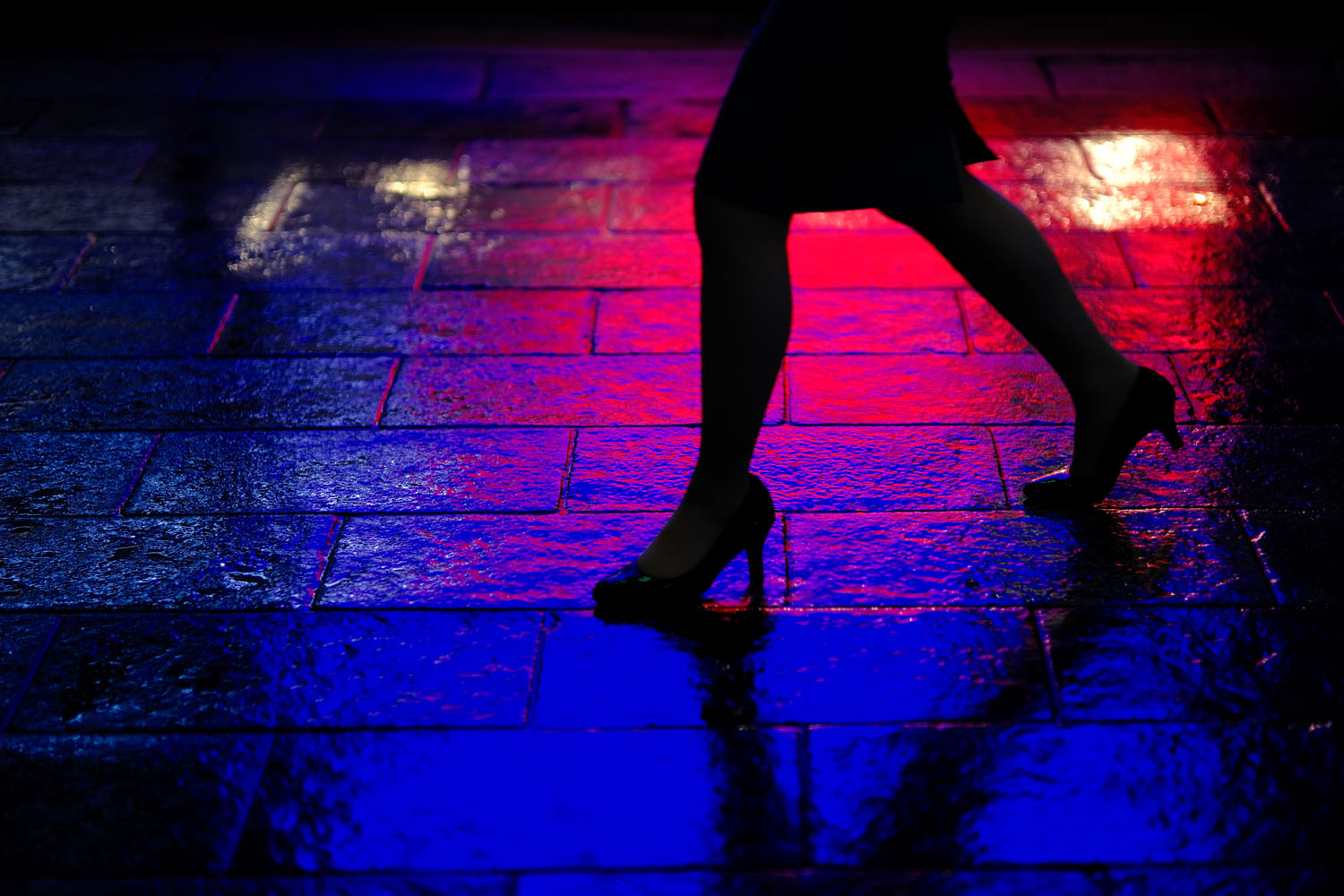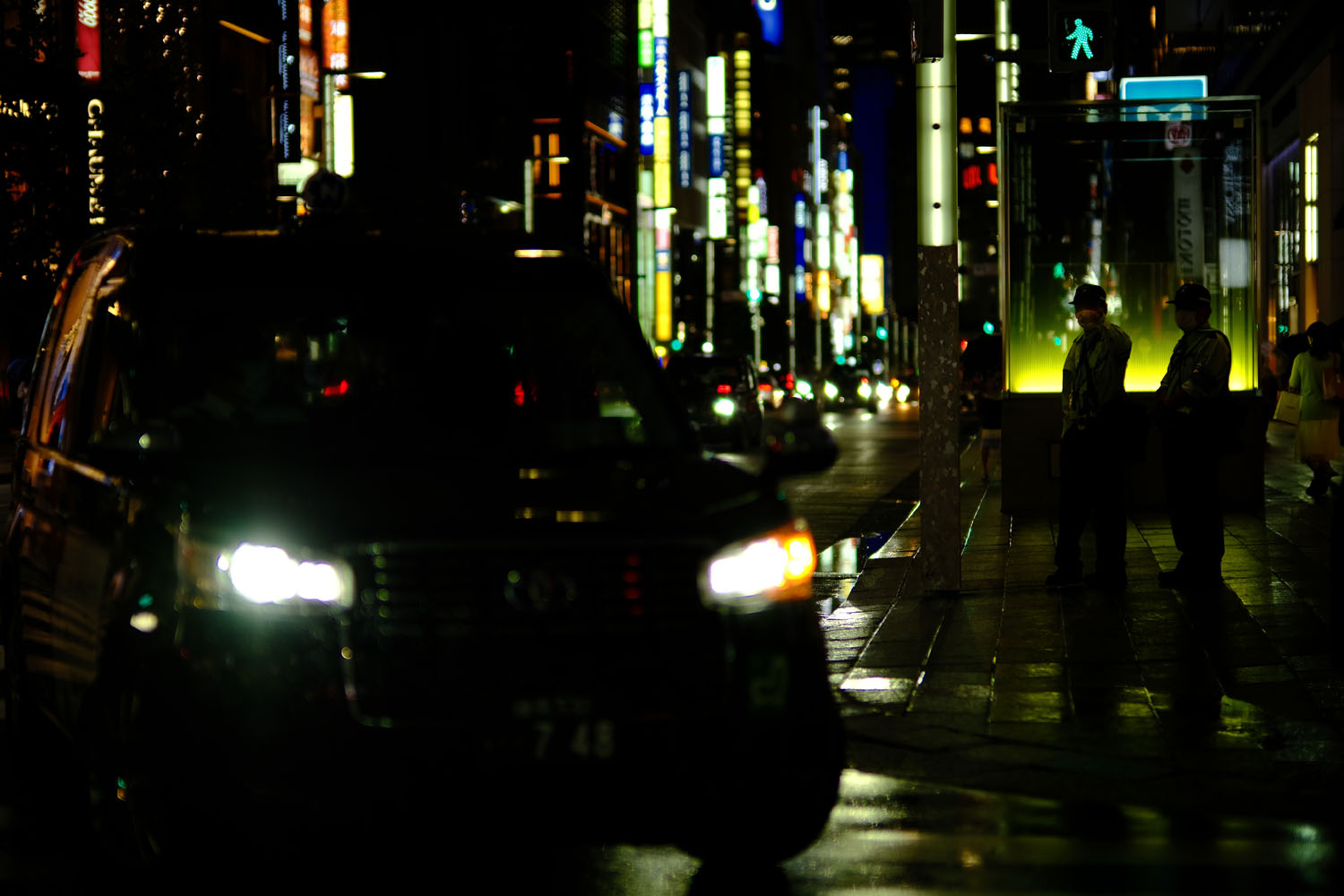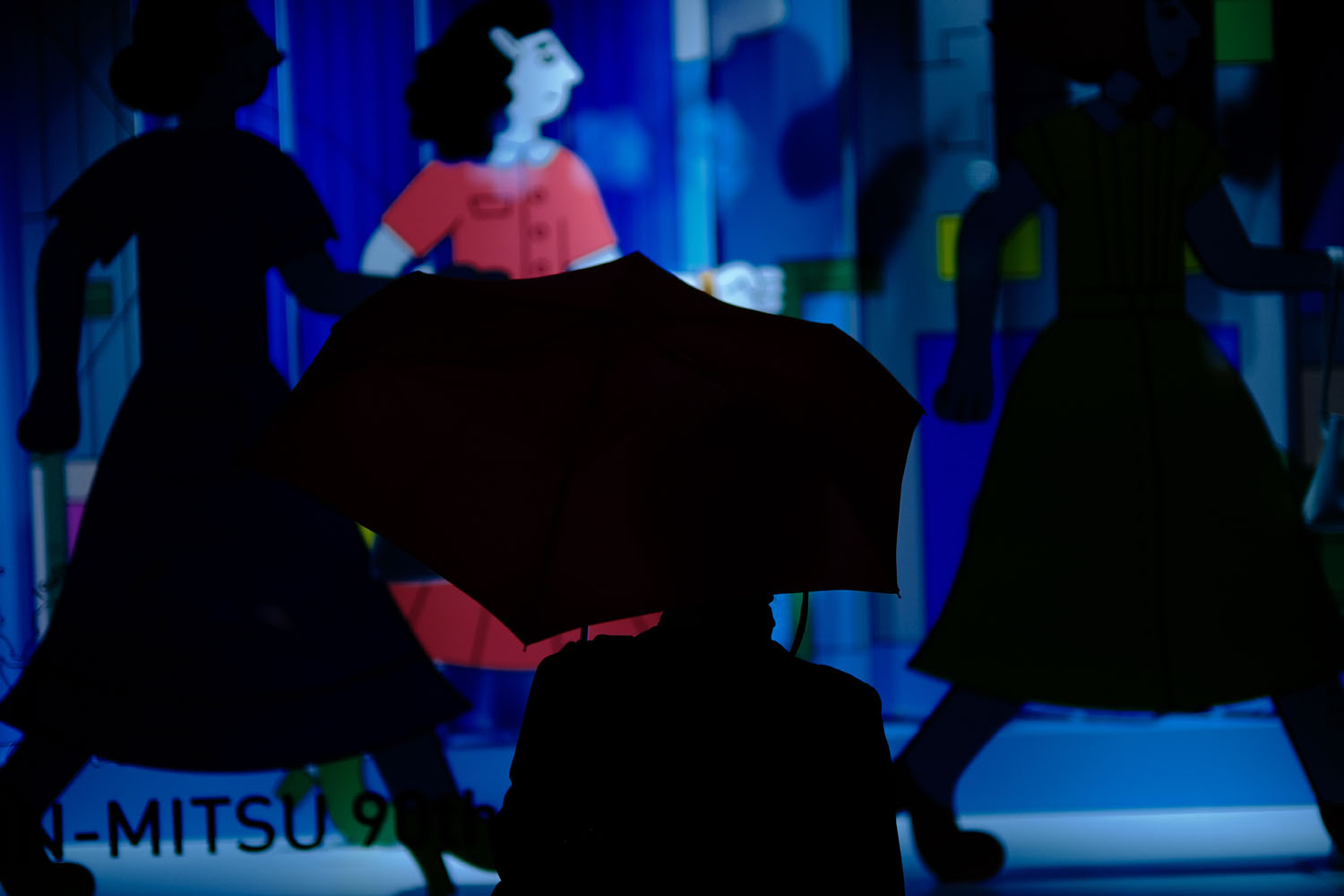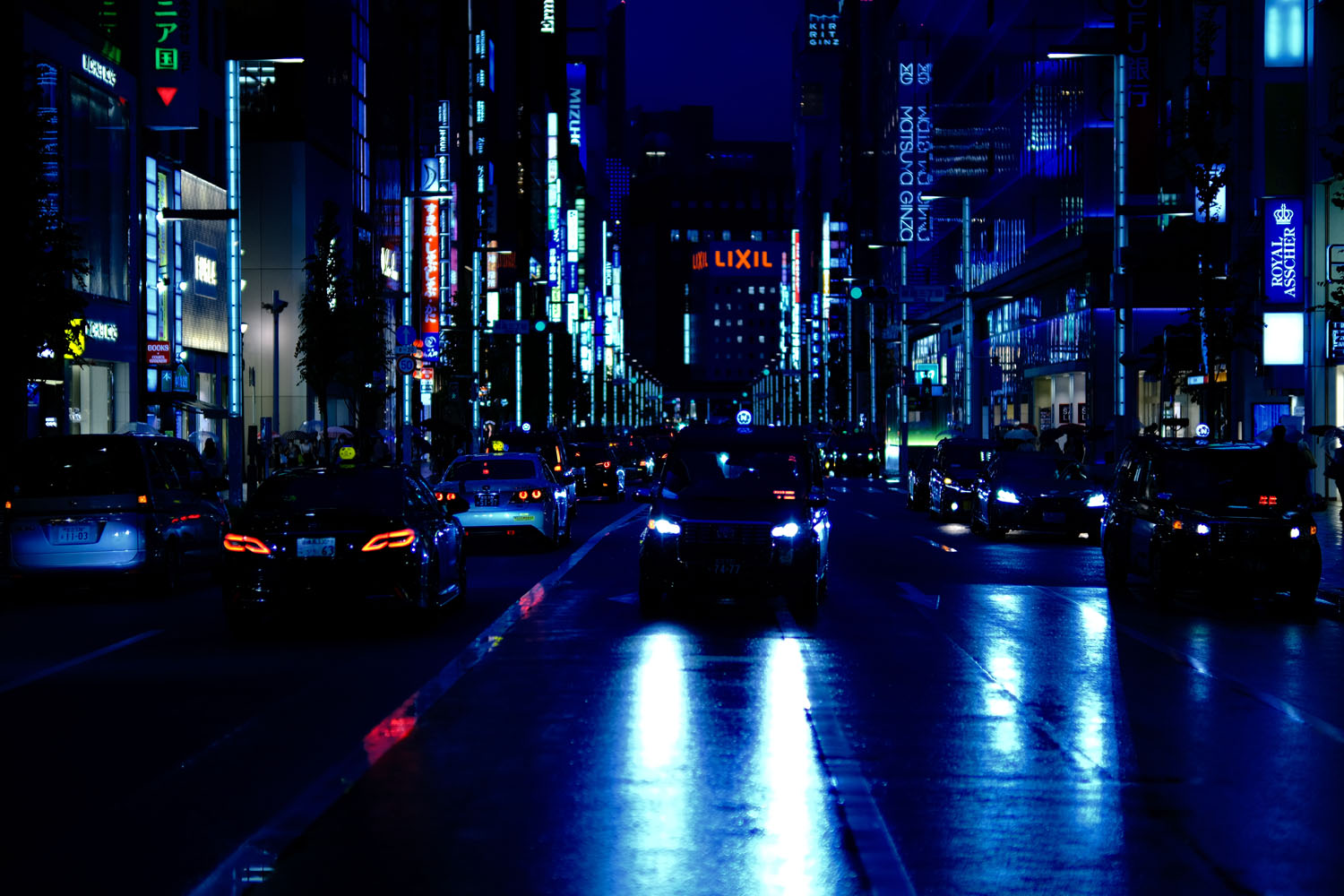Yukio Uchida
Родился в городе Риоцу (сейчас он носит имя Садо), расположенном в префектуре Ниигата. Стал фрилансером после работы на госслужбе. Приобрел известность своими черно-белыми снимками знаменитостей сбоку. Провел персональные выставки в фотосалонах компаний Nikon и Fujifilm, а также в других известных галереях. Пишет статьи для журналов и газет о камерах, делится своим преподавательским опытом. Называет себя «последним фотографом-гуманитарием».
Список его книг включает следующие: «Leica to Monokuro no Hibi» («Эпоха черно-белой съемки камерой Leica») и «Itsumo Camera Ga» («Камера всегда…»).
XF50mmF1.0 R WR Impression
Bright lenses are called “high speed lenses” because they capture more light and faster shutter speeds and it was a great benefit back in the days. Today, the dramatic innovation in higher sensitivity has a greater impact. This is why bright lenses still have two important roles to play. Large bokeh and shallow depth of field.
In other words, bokeh can be used to enjoy the beauty of the bokeh itself and play a supporting role that is second to none, not only in genres such as portraiture, illumination, and nature, where bokeh is aesthetically pleasing to the eye, but also in street snapshots. Bokeh can enhance the subject matter. It can also add flair to a photo.
When you have a bokeh that is not only big, but beautiful, as this lens does, it’s a joker. When you don’t have the time to organize the background, or when you can’t change the angle, bokeh complements the picture. It adds depth and dimension to your photos.
The shallow depth of field serves to accentuate this; if you’re anywhere from 5 to 10 meters away, it usually blends in with the background and needs to be separated by color and density, generating some limitation to create a picture. You can call it a street photographer’s dilemma. You want to include a background, but you want the subject matter to be strong.
However, at F1.0, the area in focus stands out sharply, even from a distance. “Look here!” The picture appeals to me, as if to point out. And that’s where AF comes in. Face recognition and subject tracking also work. It allows me to focus on composition and the chance to take a picture.
It’s a lens that will change the way I see the world. The piercing sharpness that Roland Barthes called “Punctum” is created in the soft bokeh. It grips you tightly, even though it is so far away from you.























































